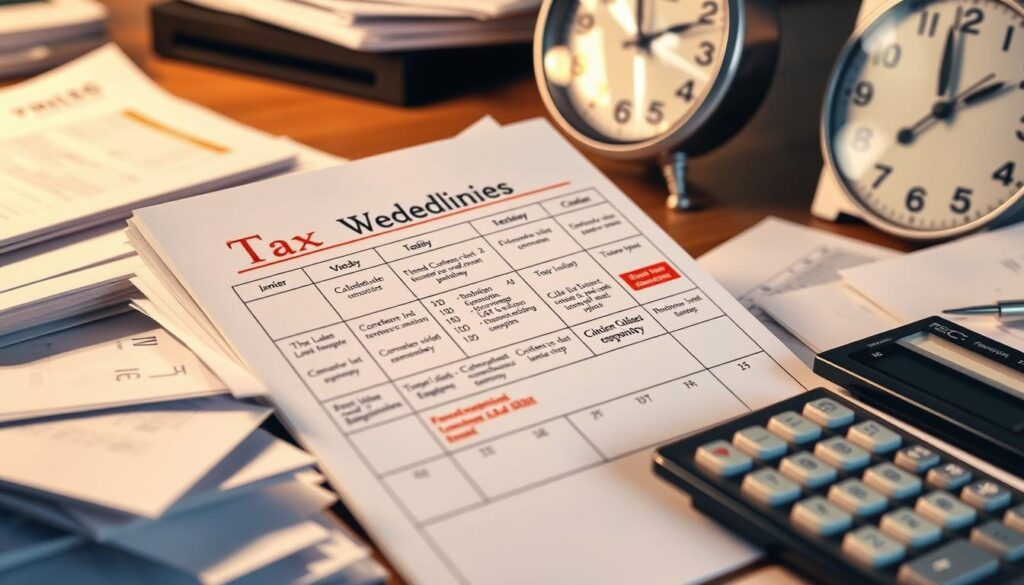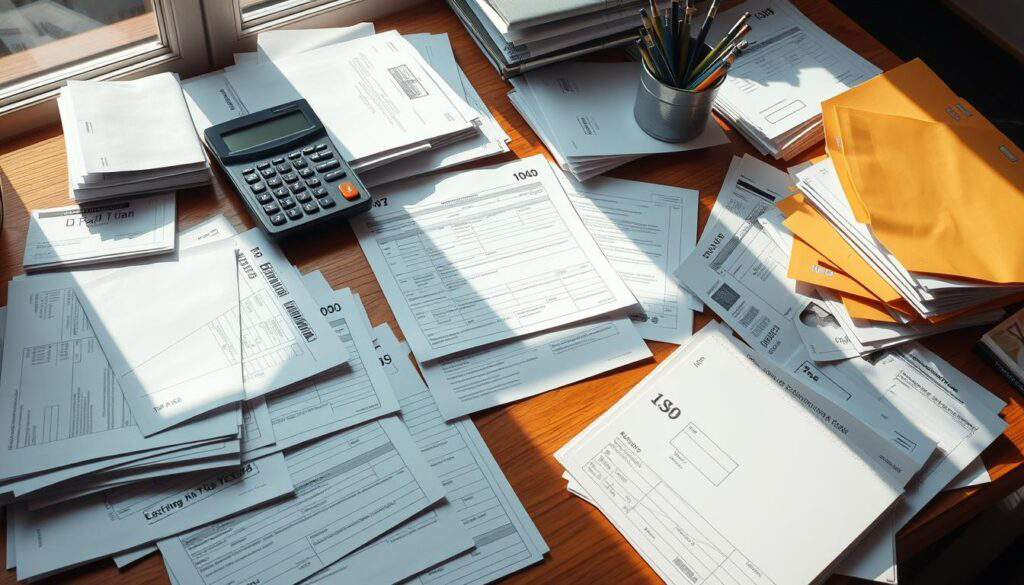File taxes without a professional can seem overwhelming, but with the right guidance, it’s entirely manageable. Whether you’re a first-time filer or looking to save on tax preparation fees, this stress-free guide will walk you through the process step by step. From understanding deadlines to maximizing deductions, you’ll learn everything you need to file taxes without a professional accurately and confidently.
Table of Contents
Why Filing Taxes Without a Professional is Easier Than You Think
Filing your taxes independently has become increasingly popular, thanks to user-friendly tax software and free resources. According to the IRS, over 90% of taxpayers now e-file their returns, making it the most efficient and cost-effective method.
Key Benefits of Self-Filing:
- Save Money: Avoid paying high fees to tax professionals.
- Faster Refunds: E-filing typically processes refunds within 21 days.
- Greater Control: Understand your finances and take advantage of all eligible deductions and credits.
Expert Insight:
“Filing your taxes on your own can be empowering. With the right tools and knowledge, you can save hundreds of dollars while gaining a deeper understanding of your financial situation.”
— Dave Ramsey, Personal Finance Expert and Bestselling Author

1. How to Track Your Tax Deadlines Without Stress
File taxes without a professional starts with understanding your deadlines. Missing tax deadlines can lead to penalties and interest charges. Here’s what you need to know:
Federal Tax Deadlines
- April 15, 2024: The standard deadline for most taxpayers.
- April 17, 2024: Extended deadline for residents of Maine and Massachusetts.
State Tax Deadlines
While most states align with the federal deadline, some have unique due dates. For example, Delaware and Hawaii have different filing deadlines. Check your state’s Department of Revenue website for specifics.
Filing an Extension
If you need more time, you can request an extension by filing Form 4868. This gives you until October 15, 2024, to submit your return. However, you must still pay any taxes owed by the original deadline to avoid penalties.
Pro Tip: If you’re self-employed, you may need to make quarterly estimated tax payments to avoid penalties. Learn more about extensions on the IRS website.
2. Gather Your Tax Documents Like a Pro
Having the right documents on hand is crucial for filing taxes without a professional. Here’s a checklist:
Income Documents
- W-2 Forms: From your employer(s).
- 1099 Forms: For freelance work, dividends, or interest income.
Deduction Records
- Retirement Contributions: Records of IRA or 401(k) contributions.
- Medical Expenses: Receipts for expenses exceeding 7.5% of your adjusted gross income.
- Charitable Donations: Documentation for contributions to qualified organizations.
Personal Information
- Social Security numbers for yourself and dependents.
- A copy of last year’s tax return for reference.
Pro Tip: The IRS recommends keeping tax records for at least seven years in case of an audit.
3. Choose the Right Tax Software for Stress-Free Filing
Tax software simplifies the process of filing taxes without a professional and reduces errors. Here’s a comparison of popular options:
| Software | Cost | Key Features |
|---|---|---|
| TurboTax | 0−0−120 | User-friendly, live expert support |
| H&R Block | 0−0−115 | In-person assistance, accuracy guarantee |
| TaxAct | 0−0−74.95 | Affordable, robust deduction finder |
| Cash App Taxes | Free | No professional support, basic features |
Tip: If your income is below $79,000, you may qualify for the IRS Free File Program, which offers free tax software from trusted providers.
User Testimonial:
“I’ve been using TurboTax for the past three years, and it’s been a game-changer. The step-by-step guidance makes filing taxes without a professional stress-free, and I’ve saved hundreds of dollars by doing it myself.”
— Sarah T., Freelance Graphic Designer
4. Maximize Deductions and Credits to Save Big
Deductions and credits can significantly reduce your tax liability when filing taxes without a professional. Here’s how to make the most of them:
Common Deductions
- Standard Deduction: 13,850forsinglefilers,13,850forsinglefilers,27,700 for married couples filing jointly (2023).
- Itemized Deductions: Mortgage interest, state and local taxes, and charitable contributions.
Valuable Tax Credits
- Earned Income Tax Credit (EITC): Up to $7,430 for eligible families.
- Child Tax Credit: Up to $2,000 per child.
- Education Credits: Up to $2,500 with the American Opportunity Tax Credit.
Example: If you’re a freelancer, you can deduct business expenses like office supplies, travel, and home office costs. For more details, check out this Forbes guide on freelancer tax deductions.
Expert Insight:
“Maximizing your deductions and credits is key to reducing your tax liability. Always keep detailed records of your expenses and consult the IRS guidelines to ensure you’re claiming everything you’re entitled to.”
— Jane Smith, CPA and Tax Advisor
5. File Your Taxes Without Stress in 5 Easy Steps
Once you’ve gathered your documents and chosen your software, follow these steps to file taxes without a professional:
- Enter Your Information: Input your income, deductions, and credits into the software.
- Review for Accuracy: Double-check all entries to avoid errors.
- Submit Your Return: E-file for faster processing and quicker refunds.
- Save a Copy: Keep a digital and physical copy of your return for your records.
Pro Tip: If you owe taxes, consider setting up an IRS payment plan to avoid penalties.

Common Mistakes to Avoid When Filing Taxes
Even small errors can delay your refund or trigger an audit. Here’s what to watch out for when filing taxes without a professional:
General Mistakes
- Incorrect Personal Information: Double-check Social Security numbers and names.
- Math Errors: Use tax software to ensure accurate calculations.
- Missing Deadlines: File on time to avoid late fees.
- Overlooking Deductions: Claim all eligible deductions and credits.
Mistakes Specific to Freelancers and Self-Employed Individuals
- Underreporting Income: Ensure all 1099 forms and cash payments are reported.
- Neglecting Quarterly Taxes: Self-employed individuals must make estimated tax payments quarterly.
- Incorrectly Claiming Home Office Deductions: Only the portion of your home used exclusively for business qualifies.
Expert Insight:
“Freelancers often miss out on deductions because they don’t keep proper records. Use apps like QuickBooks to track expenses throughout the year and make tax season a breeze.”
— Mark Johnson, Tax Consultant
For more tips, read this Kiplinger article on common tax mistakes.
FAQs About Filing Taxes Without a Professional
Q: Can I file taxes for free?
A: Yes, if your income is below $79,000, you can use the IRS Free File Program.
Q: What if I make a mistake on my tax return?
A: You can file an amended return using Form 1040-X.
Q: How long should I keep my tax records?
A: The IRS recommends keeping records for at least seven years.
Q: How to file taxes if I’m self-employed?
A: Self-employed individuals should report income and expenses on Schedule C of Form 1040 and may need to make quarterly estimated tax payments.
Q: What tools can help me file taxes online?
A: Popular tools include TurboTax, H&R Block, and TaxAct, which guide you through the process and ensure accuracy.
Additional Tips for a Stress-Free Tax Filing Experience
Stay Organized Throughout the Year
Keeping track of your income and expenses throughout the year can make tax season much less stressful. Use apps like QuickBooks or Expensify to manage your finances and store receipts digitally.
Understand Your Tax Bracket
Knowing your tax bracket can help you plan your finances better. The U.S. has seven federal tax brackets, ranging from 10% to 37%. Use this information to estimate your tax liability and plan accordingly. Learn more about tax brackets on the IRS website.
Consider Consulting a Professional for Complex Situations
If you have a complex financial situation, such as owning a business or multiple income streams, it may be worth consulting a tax professional. They can help you navigate complicated tax laws and ensure you’re taking advantage of all available deductions and credits.
Tools and Resources to Simplify Tax Filing
To make filing taxes without a professional even easier, here are some helpful tools and resources:
- IRS Free File Program: https://www.irs.gov/filing/free-file-do-your-federal-taxes-for-free
- Tax Refund Calculator: Estimate your refund with tools like TurboTax’s calculator.
- Expense Tracker Apps: Use apps like QuickBooks or Expensify to track deductible expenses throughout the year.
Conclusion
Filing taxes without a professional is easier than ever, thanks to user-friendly software and free resources. By understanding deadlines, gathering the right documents, and maximizing deductions, you can file your taxes confidently and efficiently. Whether you’re a freelancer, a parent, or a first-time filer, this stress-free guide provides the tools you need to navigate tax season successfully.
Take Action Today: Gather your documents, explore tax software options, and file your taxes with confidence.


